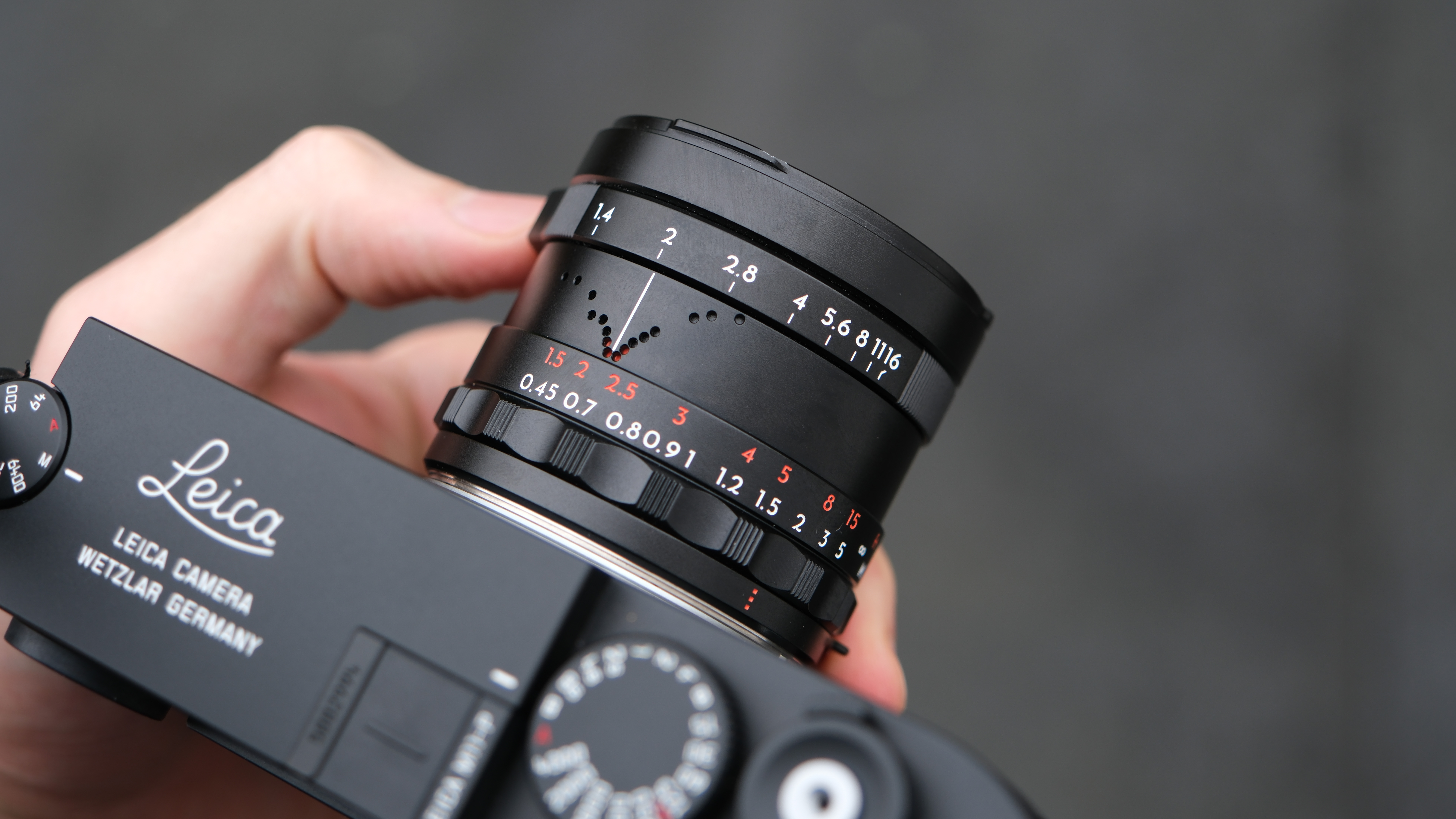
Since bursting onto the photography scene from seemingly nowhere, Thypoch immediately made waves in the photography community by challenging Leica's legendary lenses for build quality and optical capabilities – but aiming to do so at a fraction of Leica's hefty prices.
The first two lenses from Thypoch in its Simera range are twin wide-aperture prime lenses – the Simera 28mm f/1.4 and Simera 35mm f/1.4 lenses. So the range is fairly limited right now, but as Thypoch has quickly launched the Eureka 50mm lens, as well as expanding the Simera lenses to most other lens mounts, we might be on the cusp of a lot more lenses from Thypoch in the coming months.
It's quite clear just how inspired by Leica's lenses Thypoch is, as the Simera lenses borrow a lot of design queues from Leica, although there is enough new here that they can't just be dismissed as cheap knockoffs.
So let's take a look and see if the Simera lens can compete, or if Leica's particular magic is just too hard to imitate.
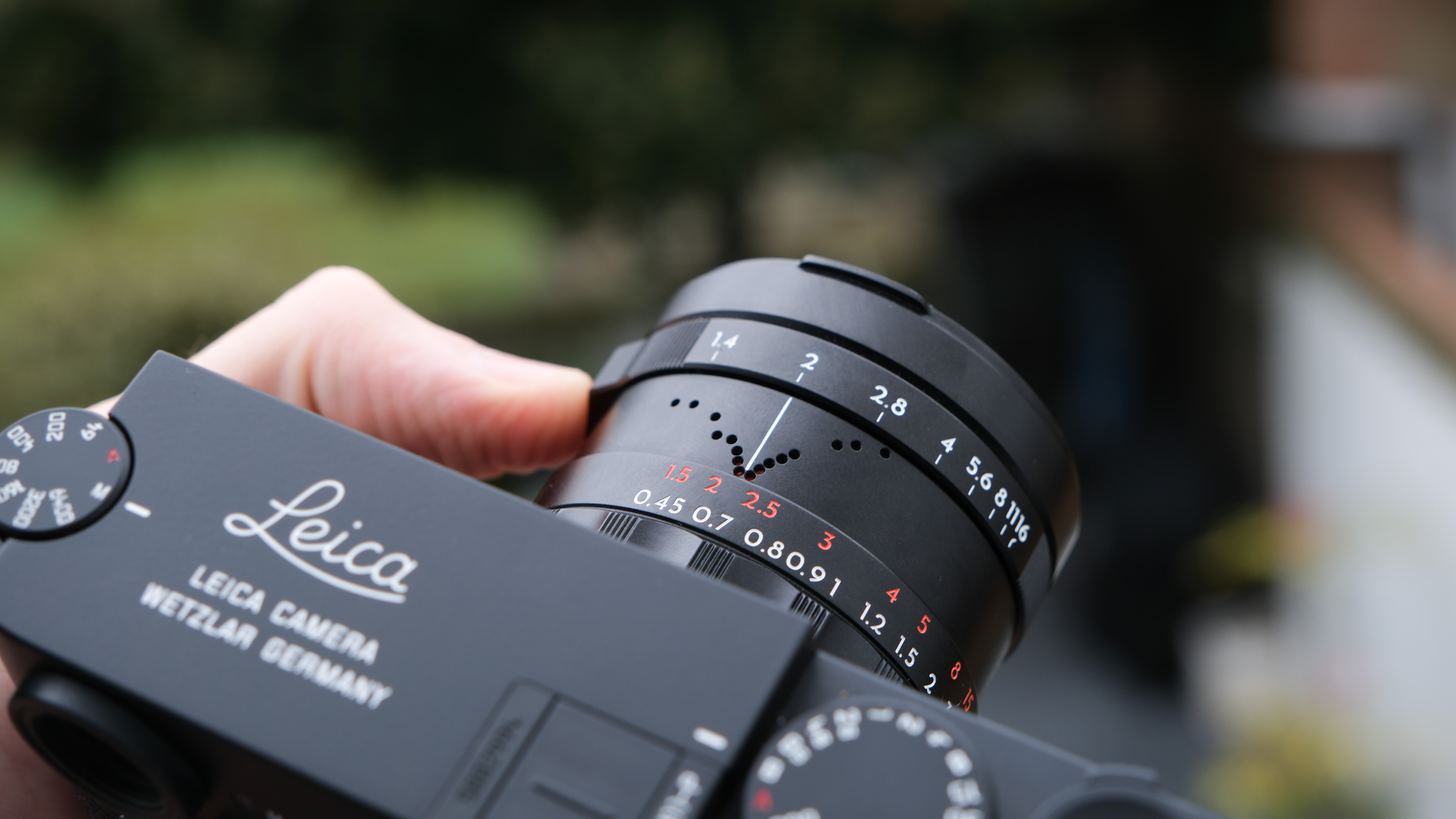
Thypoch Simera 35mm f/1.4: Specifications
Thypoch Simera 35mm f/1.4 ASPH: Price
When compared to any Leica alternatives, the Thypoch Simera 35mm offers excellent value for money and is priced very competitively with manual focus lenses from other manufacturers. Although with the exception of a few companies like Voigtländer, there are not many lenses that quite have the same feel and build quality as the Simera. And even coming close to Leica’s expensive lenses in terms of quality, makes it an attractive option for photographers looking for a high-performing prime lens without breaking the bank.
Thypoch Simera 35mm f/1.4: Design & Handling
The Simera 35mm lens boasts a sleek, all-metal body in either all-black or a two-tone silver version. The body is made of an aluminum alloy, rather than brass like some Leica lenses, or the newer Thypoch Eureka lens. But this metal construction exudes durability and a premium feel that feels like it belongs to a lens that should cost substantially more.
This is no lightweight polycarbonate lens, but despite the premium metal materials, the lens still manages to be relatively compact and lightweight, making it an excellent companion for street and travel photography, and weightier products are par for the course with Leica cameras and lenses.
The focus ring is smooth and well-damped, making manual focusing easy and precise, and it feels essential to remind everyone that this is a manual focus-only lens (for a manual focus-only camera). The focus ring has raised and textured bumps, that not only do aesthetically look very nice but also help with finding and gripping the ring.
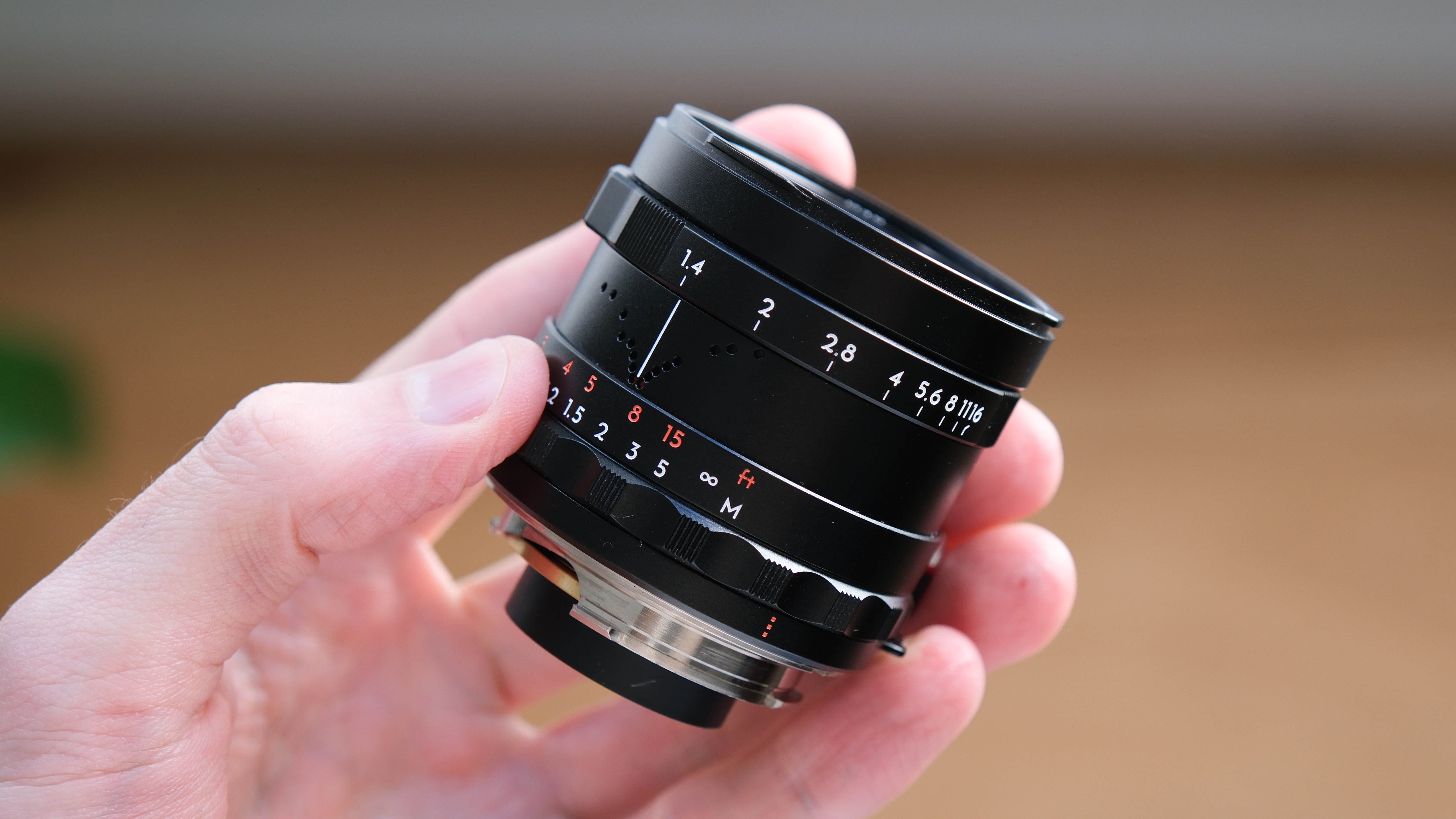
The only thing I don’t really like about the focus mechanism is the infinity lock switch. This is a little catch that locks the focus in infinity, however, I find it is very rarely necessary to do that, and in fact, it slows down focusing in key moments as I kept finding myself struggling to release the catch. The focus rocker on Leica lenses is so much easier to use, and I am glad to see that for the non-M versions of this lens, Thypoch has used that design, although alas the current M-mount Simera continues to be made with the infinity lock switch.
Moving on to one of my favorite design flourishes I have seen on a lens in a long time – the depth of field indicator. This is a series of dots on the lens that are filled in with a red background to indicate the distance from the lens that will be in focus depending on the aperture used. It might be one of those features that has to be seen to really appreciate, but it is just a wonderful flourish that I really love about this lens.
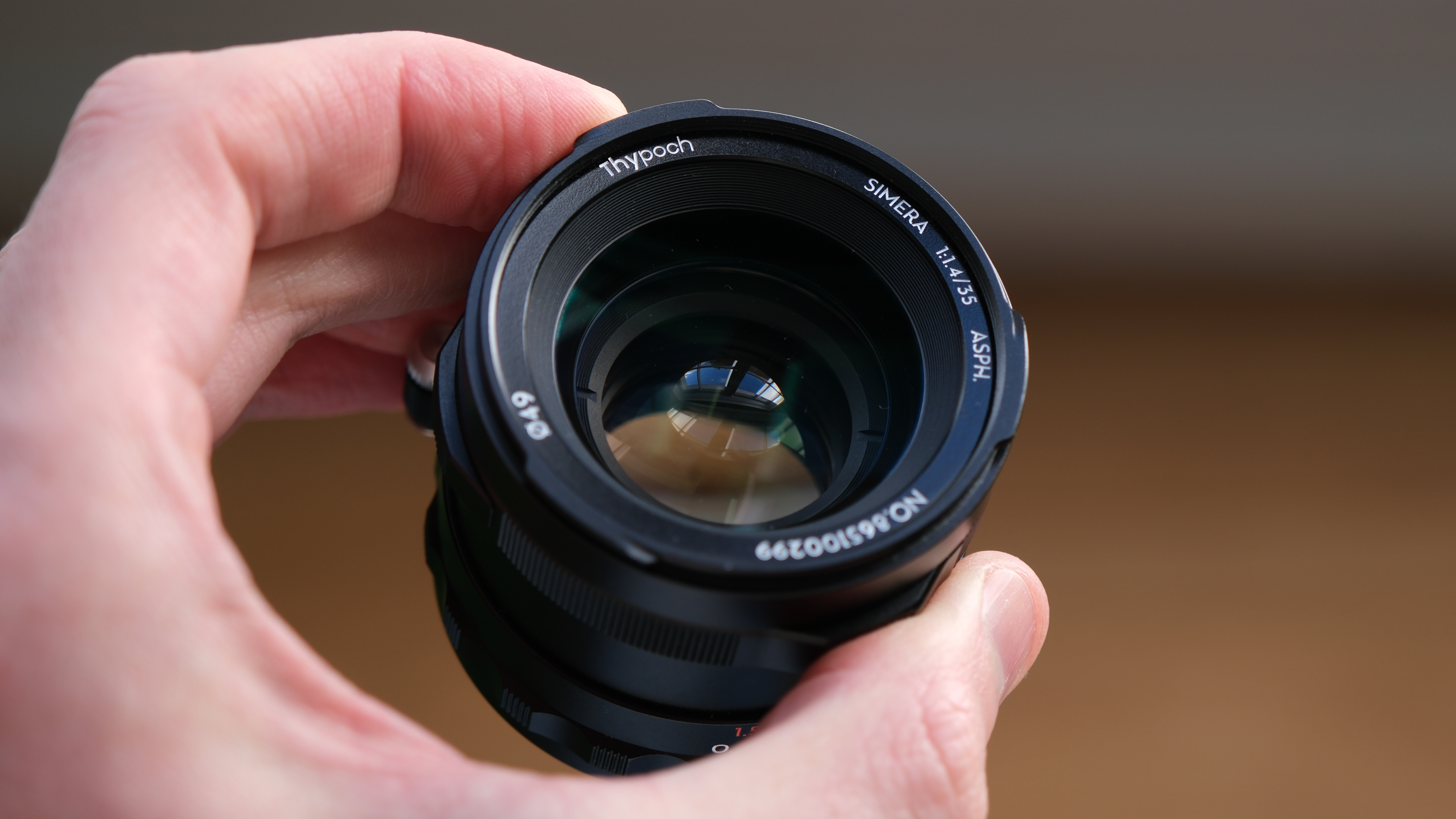
Thypoch Simera 35mm f/1.4: Performance
In terms of image quality, the Simera 35mm lens surprised me a lot. It delivers sharp, crisp images with minimal distortion. The lens handles chromatic aberrations well, and the color reproduction is accurate.
As with all manual focus lenses, it is often hard to distinguish if the lens is not sharp or if I have missed focus, but on the whole, center sharpness was generally very good, with the lens capturing some beautiful detail, especially close up. Towards the edges, the lens was a little soft wide open, although this isn't entirely unexpected, and the edges did sharpen up considerably as the aperture was narrowed.
One of the key features of a Leica lens is the unique ‘Leica Look’ and while I won’t say this lens replicates any Leica 35mm lens exactly, the lens has a Leica-esque distinctive contrasty look to its images, that I would associate with Leica, and online, I don’t think anyone would be able to tell the difference. I think you could easily mix and match with any other Leica lenses in your collection and they would blend pretty seamlessly together.

The lens’ fast f/1.4 maximum aperture is ideal for low-light conditions, and as Leica M cameras do not have IBIS, being able to shoot with faster shutter speeds in these situations is fairly essential. The wider aperture also achieves a shallow depth of field, and at f/1.4 aperture the background blur and subject isolation were really pleasing, with Leica-like softness in out-of-focus areas.
Thypoch Simera 35mm f/1.4: Sample Images
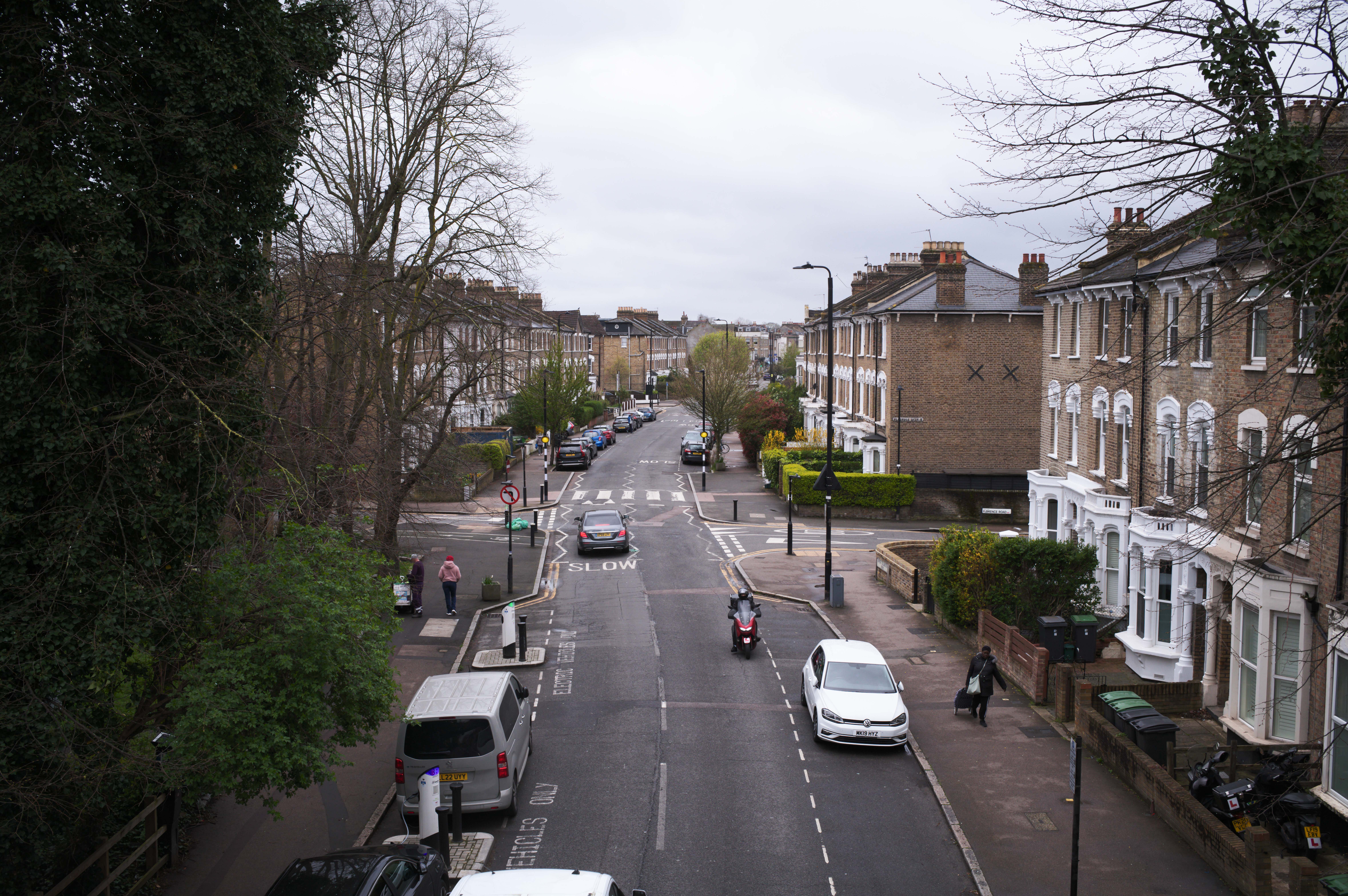





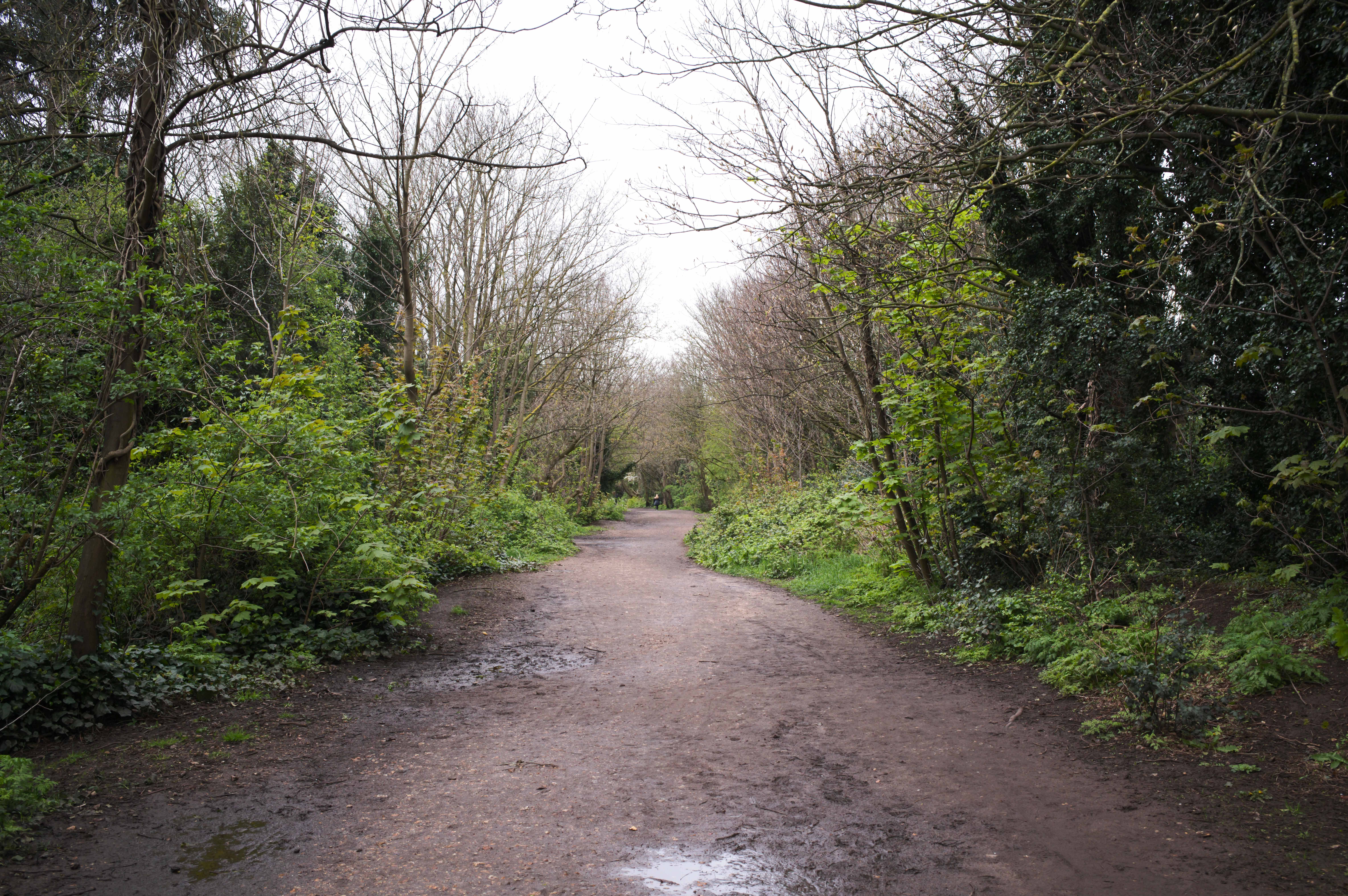
Thypoch Simera 35mm f/1.4: Verdict
Let's face it, Leica gear is expensive, you may have ended up with a Leica M camera, but can’t afford to flesh out your lens collection with premium Leica glass. Well, the Thypoch Simera 35mm f/1.4 lens is here to save the day.
Whether you’re capturing portraits, landscapes, or street scenes, the Simera 35mm is a versatile and beautifully built lens that delivers great optical performance, the lens has the creamy out-of-focus areas and high contrast look that a lot of Leica shooters seek. The lens is also a standout choice for anyone seeking a high-quality prime lens that offers solid metal construction and impressive design with neat little features like the red focusing dots. Thypoch is really out to challenge lenses coming out of Wetzlar.
Of course, the biggest factor is the price compared to Leica lenses. At $699 (at the time of writing), this puts the Simera lenses at hundreds or thousands of dollars less than Leica lenses, so you can grow your lens collection faster – Thypoch just needs to make more lenses!
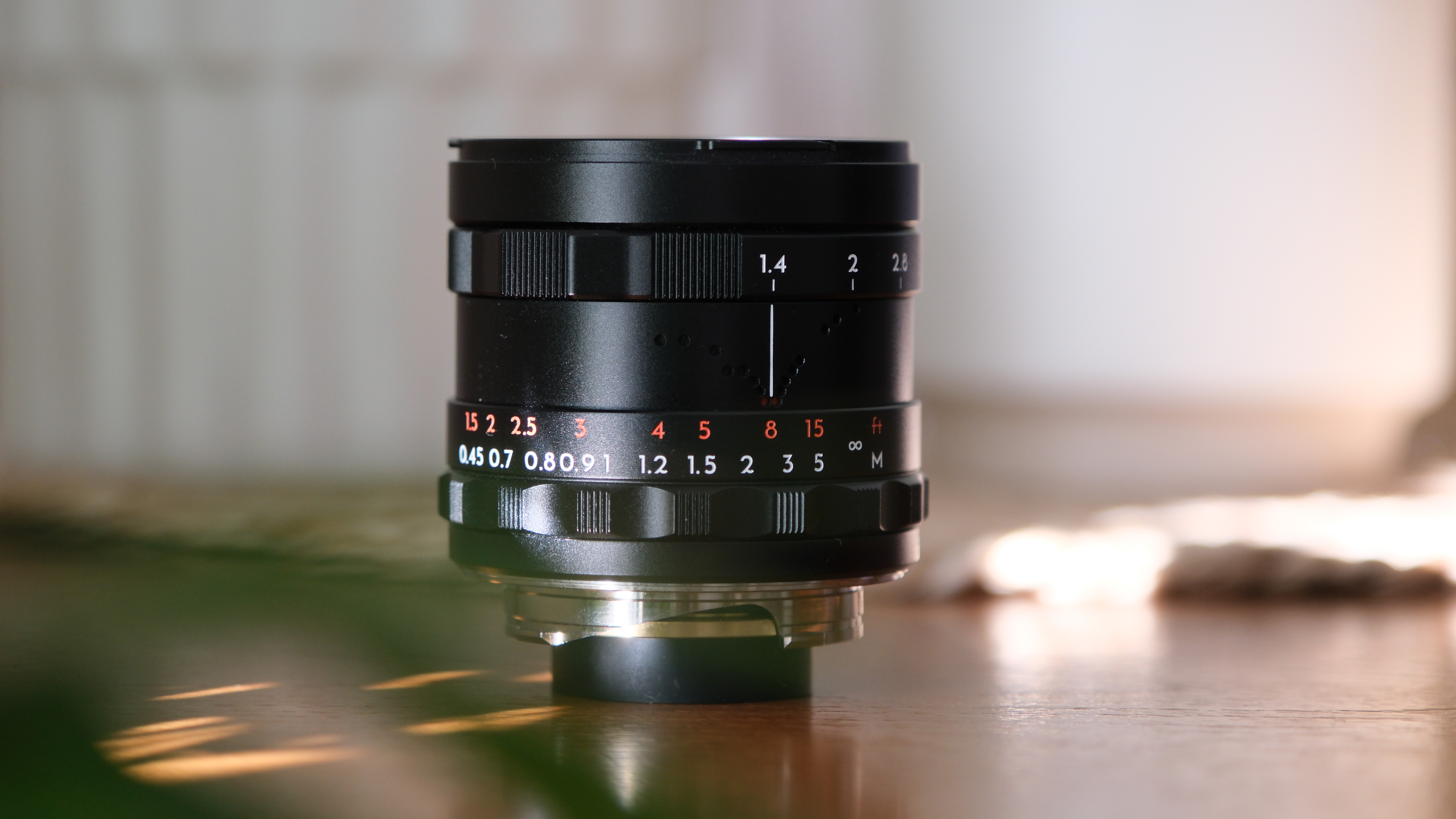
✅ Buy it...
- If you are looking for a lens that can compete with those from Leica, but don’t carry those first-part price tags.
- You want an affordable third-party lens with incredible attention to detail in build quality.
🚫 Don't buy it...
- If you want to know you have the exact Leica Look, then it's safe to stick to first-party lenses.







